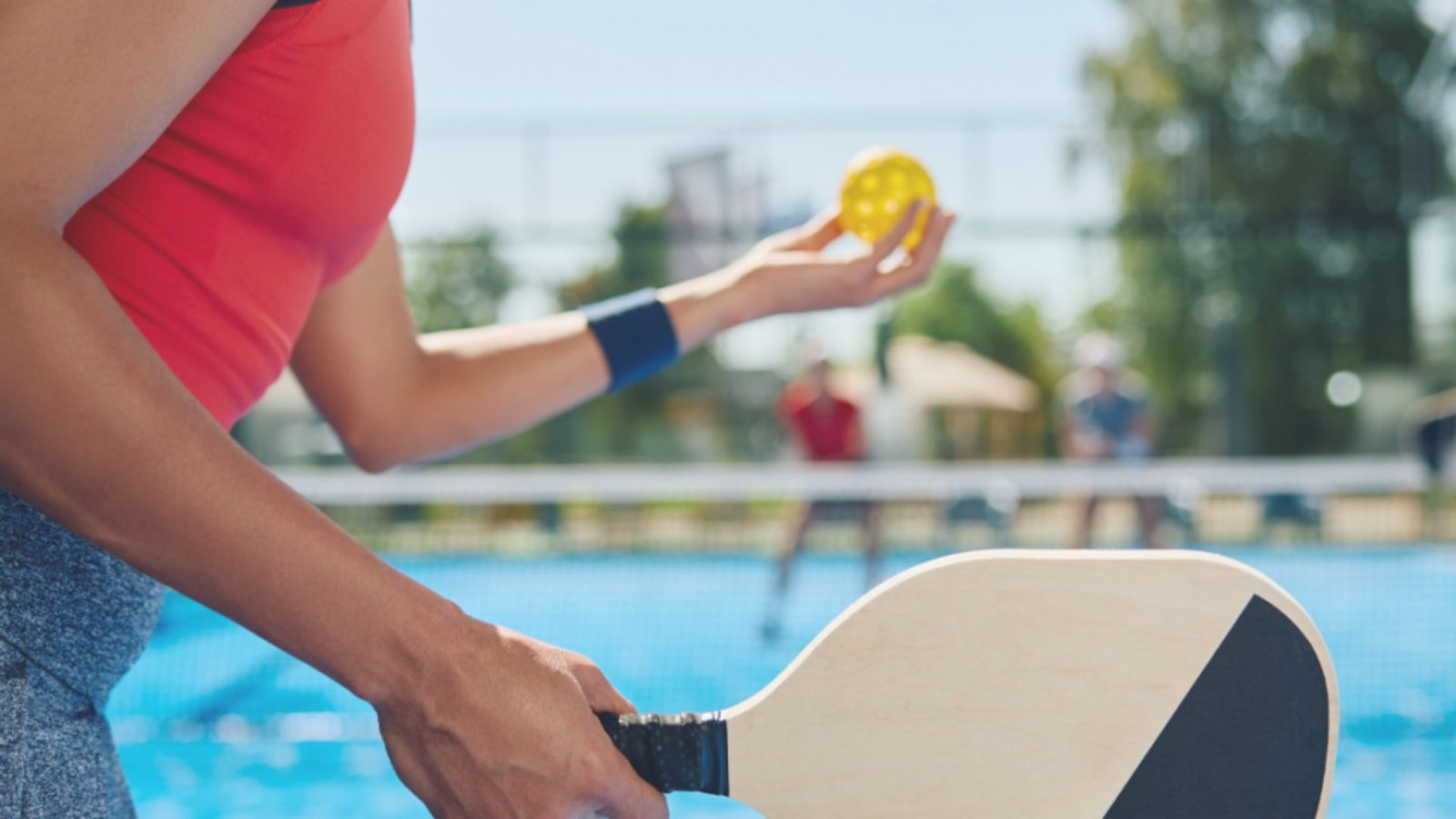As we approach 2024, the world of sports and recreation continues to evolve rapidly. New trends are emerging that reflect changes in technology, lifestyle, and community engagement. This article explores the top sports and recreation trends for 2024, highlighting what to expect in the coming year and how these trends will influence how we play and stay active.

Emerging Sports and Activities
Rise of Non-Traditional Sports
Non-traditional sports are gaining popularity, offering unique and engaging experiences:
- Esports: Competitive video gaming, or esports, is expanding its reach with more tournaments, professional leagues, and fan engagement. Esports is becoming a mainstream activity, attracting diverse audiences and significant investment.
- Adventure Racing: Adventure racing combines multiple disciplines, such as running, cycling, and kayaking, into challenging and adventurous races. This trend appeals to those seeking multi-sport challenges and outdoor exploration.
- Ultimate Frisbee: Ultimate Frisbee continues to grow as a popular team sport, emphasizing athleticism, strategy, and teamwork. Its inclusion in more community leagues and events reflects its increasing appeal.
Wellness and Mindfulness Activities
Wellness and mindfulness are becoming integral to recreational activities:
- Meditative Fitness: Combining physical exercise with mindfulness practices, such as yoga and tai chi, promotes overall well-being. These activities focus on mental relaxation, stress reduction, and physical health.
- Nature Therapy: Nature therapy, or ecotherapy, involves spending time in natural environments to improve mental health. Activities like forest bathing and nature walks are gaining traction as ways to reduce stress and enhance well-being.
- Mind-Body Exercises: Integrative exercises that combine physical and mental focus, such as Pilates and barre, are becoming popular. These activities emphasize balance, strength, and mindfulness.
Technological Innovations
Wearable Technology
Wearable technology continues to advance, providing more detailed insights into health and performance:
- Advanced Fitness Trackers: New fitness trackers offer enhanced features, such as advanced heart rate monitoring, sleep tracking, and real-time workout analysis. These devices help users optimize their training and monitor their health.
- Smart Clothing: Innovations in smart clothing integrate sensors into athletic wear to track performance metrics, such as muscle activity and body temperature. This technology provides valuable feedback for athletes and fitness enthusiasts.
- Augmented Reality (AR) Fitness Apps: AR fitness apps overlay digital elements onto the real world, creating interactive workouts and guided exercises. These apps enhance engagement and motivation during workouts.
Virtual and Hybrid Events
Virtual and hybrid events are reshaping how sports and recreation activities are experienced:
- Virtual Races and Challenges: Virtual races and fitness challenges allow participants to compete from anywhere, using apps to track their progress. These events provide flexibility and accessibility for a global audience.
- Hybrid Events: Combining in-person and virtual elements, hybrid events offer participants the option to join in person or online. This format caters to diverse preferences and expands the reach of events.
- Online Coaching and Training: Virtual coaching platforms and online training programs offer personalized fitness guidance and group classes. These services make it easier for individuals to access professional training from home.
Community and Social Trends
Emphasis on Inclusivity and Accessibility
Creating inclusive and accessible recreational opportunities is a growing focus:
- Adaptive Sports: Adaptive sports are designed for individuals with disabilities, promoting participation and inclusivity. Sports like wheelchair basketball and adaptive skiing are gaining recognition and support.
- Inclusive Facilities: Recreation centers and sports facilities are increasingly incorporating features that accommodate individuals with diverse needs. Accessibility improvements ensure that everyone can participate in recreational activities.
- Diverse Programming: Offering a range of programs that cater to different age groups, skill levels, and interests helps create more inclusive recreational environments. Community organizations are focusing on broadening their offerings to engage diverse populations.
Community Engagement and Local Events
Local events and community engagement are essential for fostering connections and participation:
- Neighborhood Sports Leagues: Community-based sports leagues and events strengthen local connections and promote active lifestyles. These leagues offer opportunities for people of all ages to participate in team sports and recreational activities.
- Outdoor and Pop-Up Events: Outdoor and pop-up events, such as fitness festivals and sports exhibitions, are becoming popular. These events bring people together for active and social experiences in temporary or unconventional settings.
- Social Sports Clubs: Social sports clubs focus on providing a fun and inclusive environment for recreational activities. These clubs emphasize social interaction and enjoyment, attracting individuals who may not be interested in competitive sports.
Environmental and Sustainability Trends
Eco-Friendly Sports Equipment
Sustainability is becoming a priority in the sports and recreation industry:
- Recycled Materials: Sports equipment and apparel made from recycled materials are gaining popularity. Brands are focusing on reducing their environmental impact by using sustainable materials in their products.
- Energy-Efficient Facilities: Sports facilities are adopting energy-efficient technologies, such as solar panels and LED lighting, to reduce their carbon footprint. These improvements contribute to overall sustainability efforts.
- Green Certifications: Facilities and organizations are pursuing green certifications to demonstrate their commitment to environmental stewardship. Certifications such as LEED (Leadership in Energy and Environmental Design) highlight sustainable practices.
Sustainable Outdoor Recreation
Outdoor recreation is embracing sustainability and environmental conservation:
- Leave No Trace Practices: Outdoor enthusiasts are encouraged to follow “Leave No Trace” principles, which promote responsible recreation and minimize environmental impact. These practices include packing out trash and staying on designated trails.
- Conservation Efforts: Recreation organizations are supporting conservation initiatives to protect natural habitats and ecosystems. Partnerships with environmental groups and conservation programs help preserve outdoor spaces for future generations.
- Eco-Friendly Gear: Outdoor gear manufacturers are focusing on creating products with minimal environmental impact. Eco-friendly gear includes items made from sustainable materials and designed for durability and longevity.
Conclusion
The sports and recreation landscape is rapidly evolving as we move into 2024. Emerging sports, technological innovations, and trends in community engagement are shaping the future of how we play and stay active. Emphasizing inclusivity, sustainability, and personalization, these trends reflect a growing awareness of diverse needs and environmental concerns.
By staying informed about these trends and embracing new opportunities, individuals and communities can enhance their recreational experiences and contribute to a more vibrant and active society.



